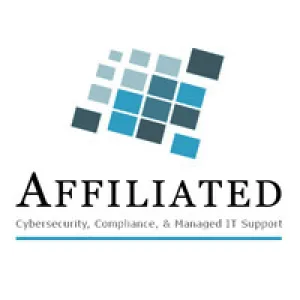July 16, 2025
In long-term care, policies guide
everything—from medication to resident rights. But one area that still goes
overlooked? Cybersecurity. Every Healthcare facility needs a written
cybersecurity policy that is clear, realistic, and enforceable.
Why? Because policies shape behavior.
Without one, your staff may not know what counts as a risk or how to report
suspicious activity. Regulators and insurers want to see not just IT tools—but
a documented approach to protect residents' digital records.
A solid cybersecurity policy includes:
- Acceptable use of computers and
mobile devices — Prevents risky online behavior, helps limit system misuse, and
keeps residents' data safer.
- Password standards and access
control measures — Protects critical systems from unauthorized access by
requiring secure logins and timeouts.
- Email and internet use
guidelines — Reduces the chances of phishing, malware, and inappropriate
content reaching staff or residents.
- Incident response expectations —
Ensures staff know what to do in a crisis and who to notify when things go
wrong.
- Backup and data retention
policies — Protects records from permanent loss and helps you recover quickly
from technical failures or breaches.
- Roles and responsibilities for
all levels of staff — Clarifies who handles what and removes confusion in
high-stress moments.
- Acceptable AI use — Helps manage
how tools like ChatGPT or clinical automation platforms are used so data isn't
shared outside your firewall or misused.
According to the FTC, organizations with
clear, written cybersecurity policies are more likely to recover from incidents
faster and avoid repeat events.
One LTC provider in central Ohio brought
in their IT partner to co-author a cybersecurity policy tailored for clinical
workflows. They reviewed it quarterly and tied it to new hire training. When a
phishing incident occurred, a CNA recognized the red flag and reported it
immediately. No data was compromised.
"Culture
is what people do when no one's watching. Policy shows them how to do it
right." -
David Rendall
Meanwhile, a neighboring facility had no
cybersecurity policy in writing. After a malware infection spread through their
shared drive, the administrator admitted that staff didn't know what steps to
take—or if they were allowed to disconnect equipment. Recovery took over a
week.
"Systems
trump intentions." - Jim Collins
Your cybersecurity policy doesn't need to
be perfect—but it does need to exist. It should live alongside your emergency
plans, HIPAA manual, and clinical policies.
Does your policy clearly explain how to
protect resident data—and does everyone on staff know where to find it?




